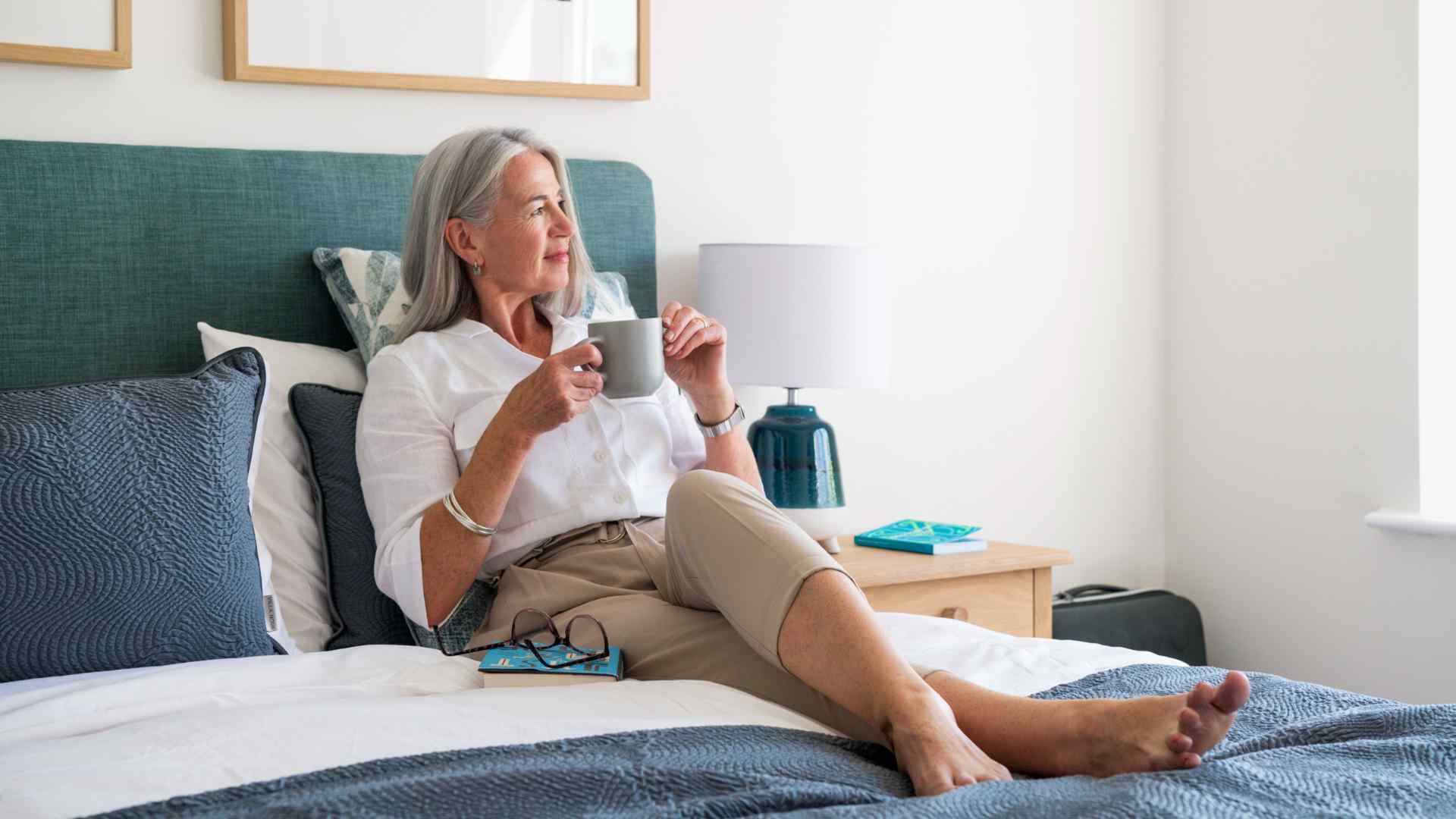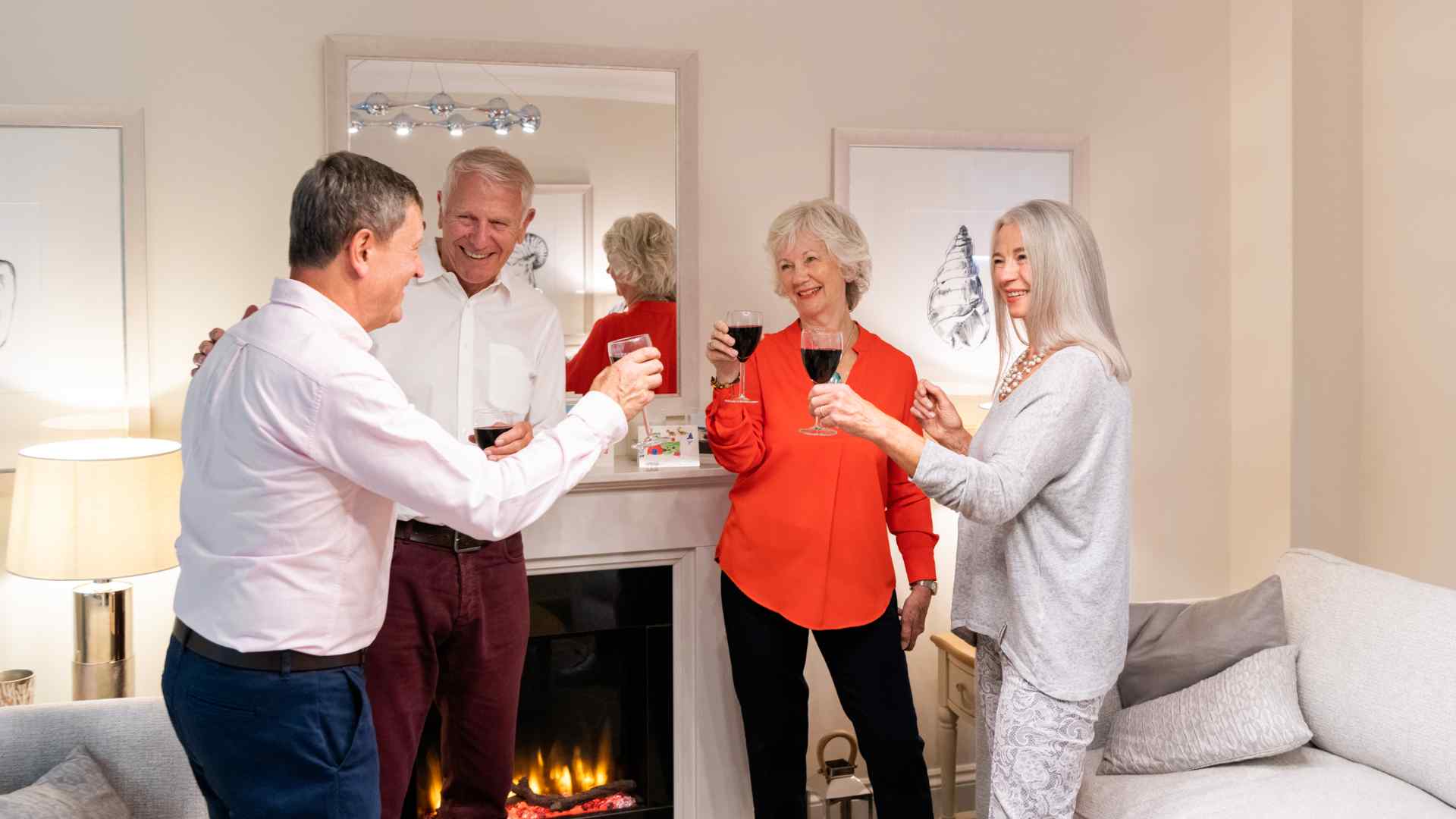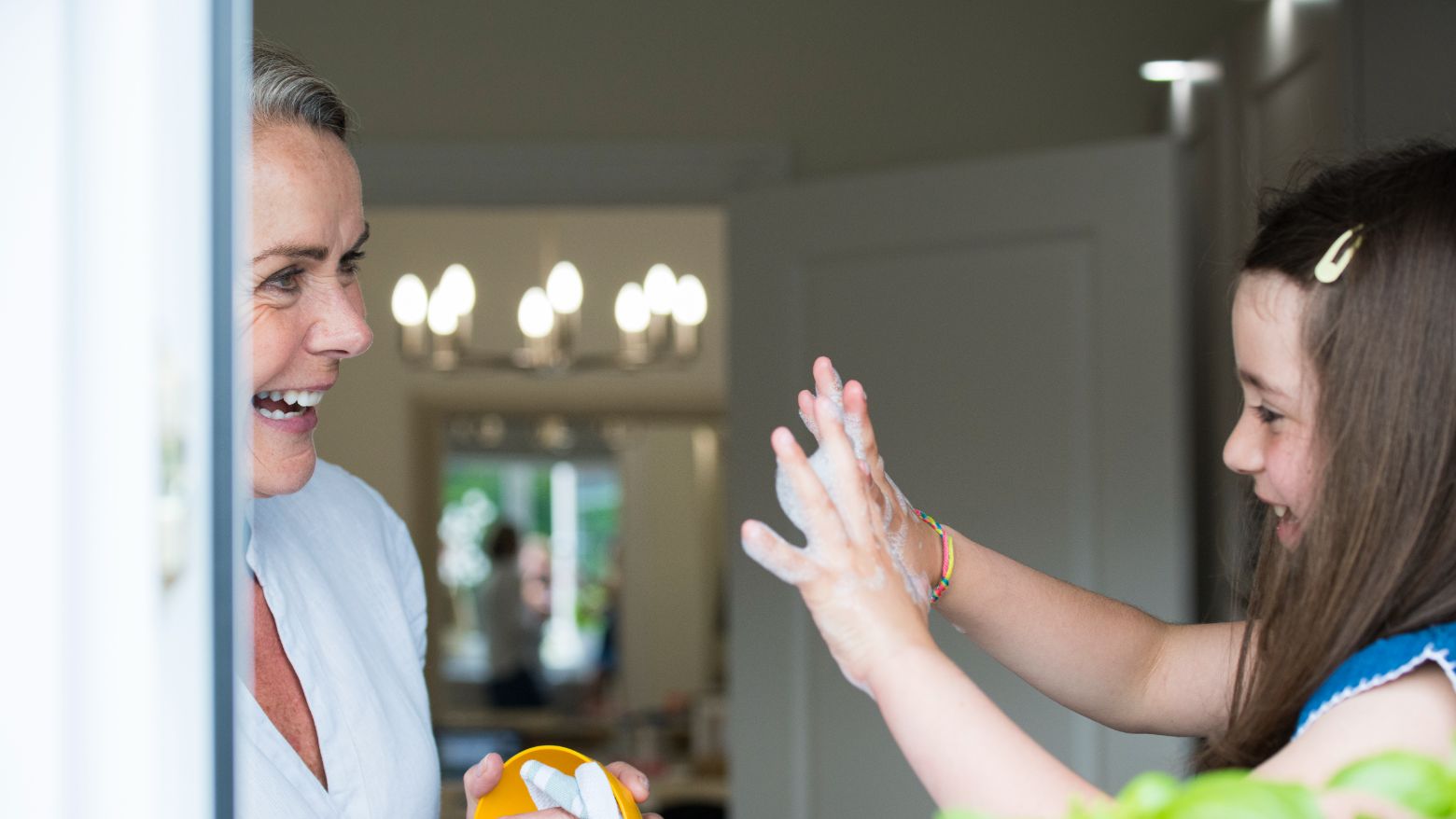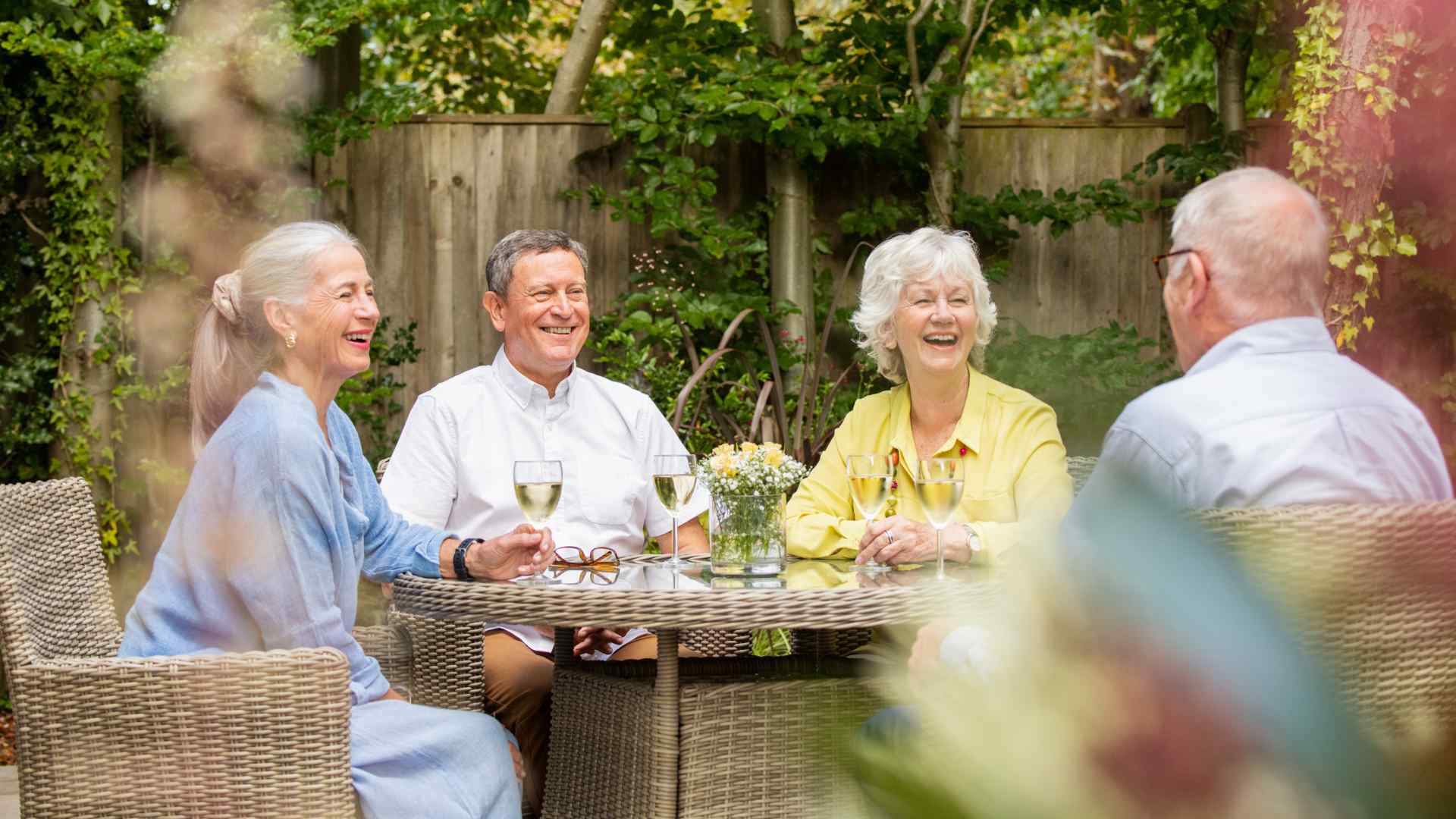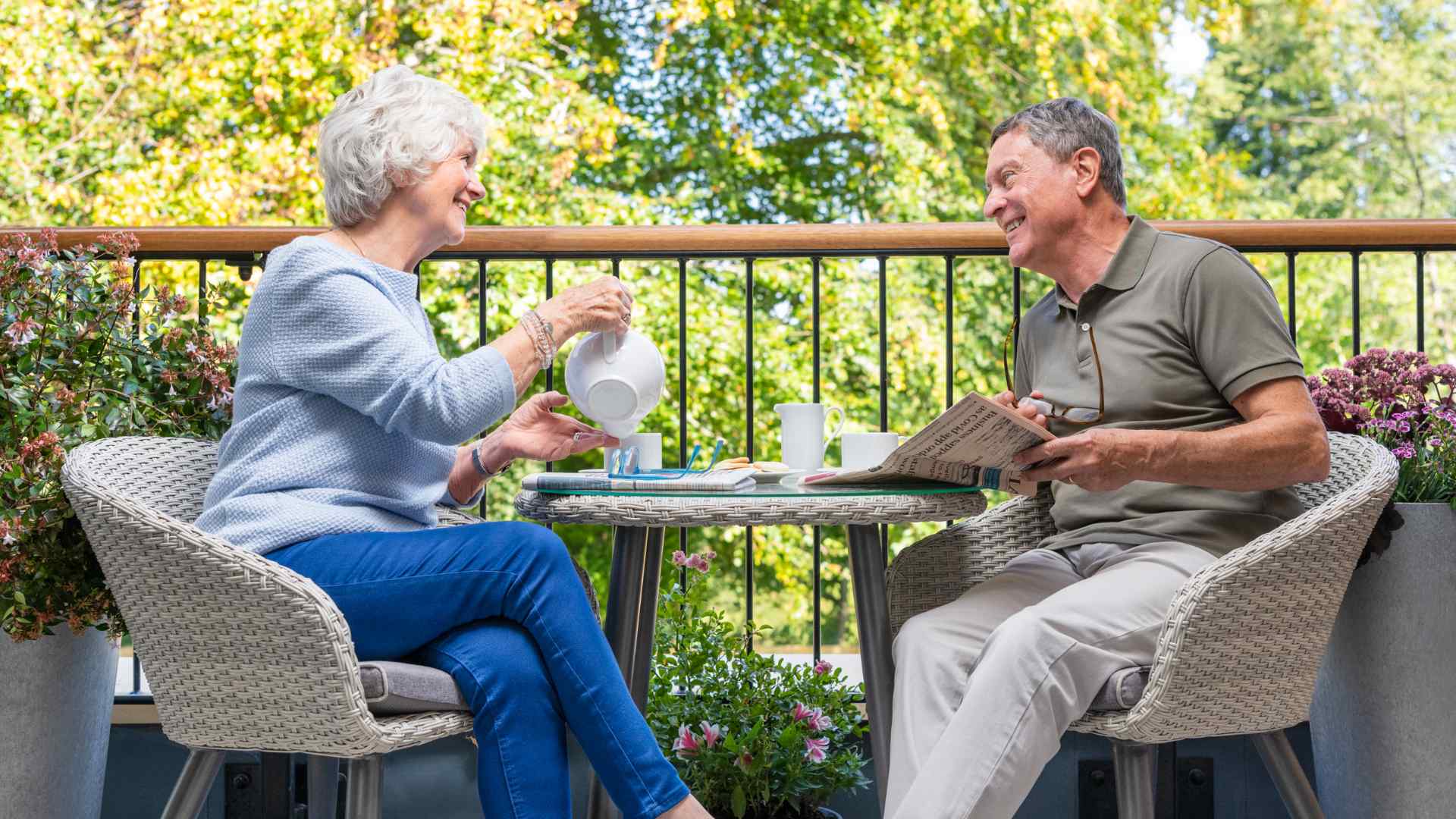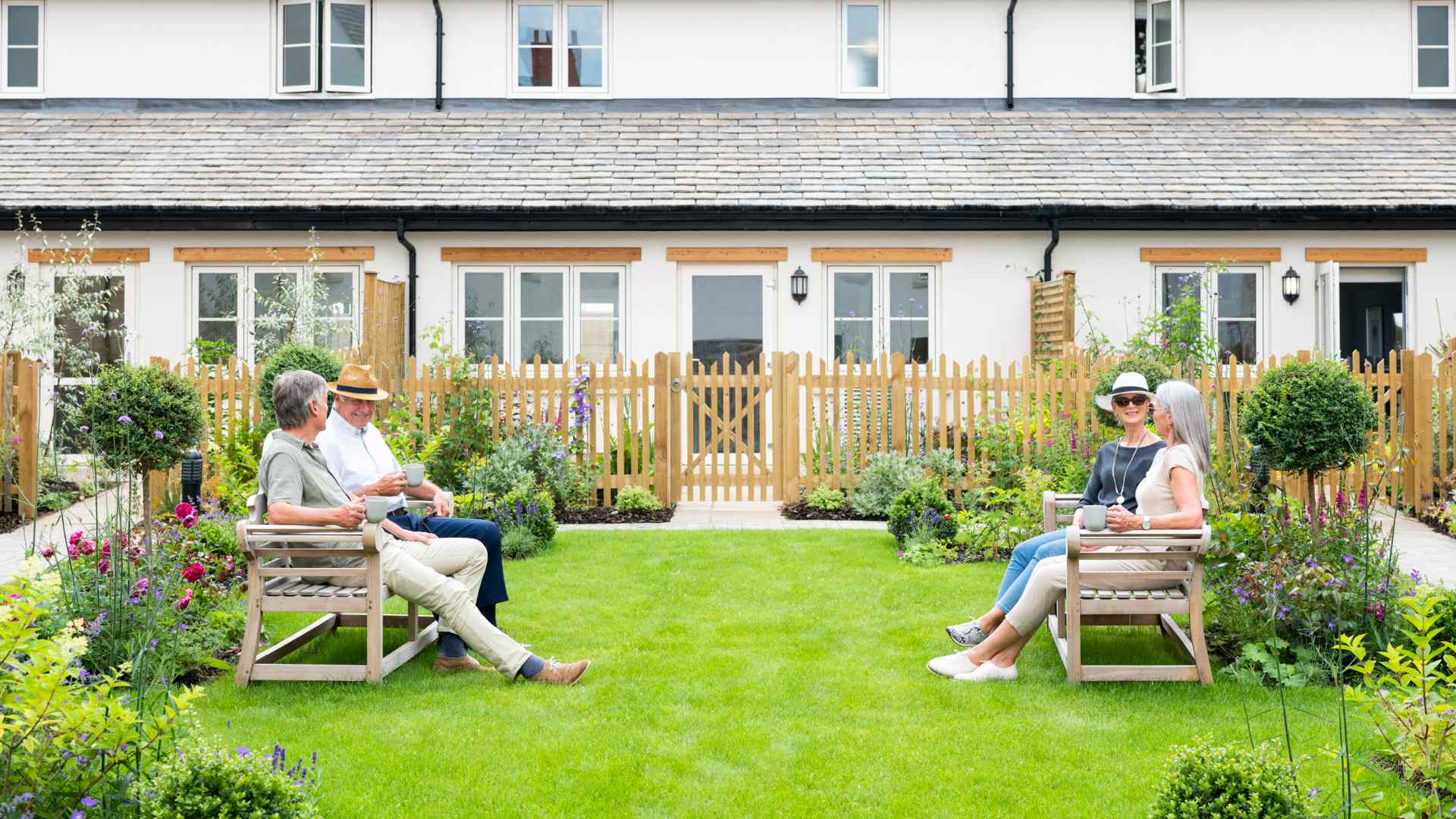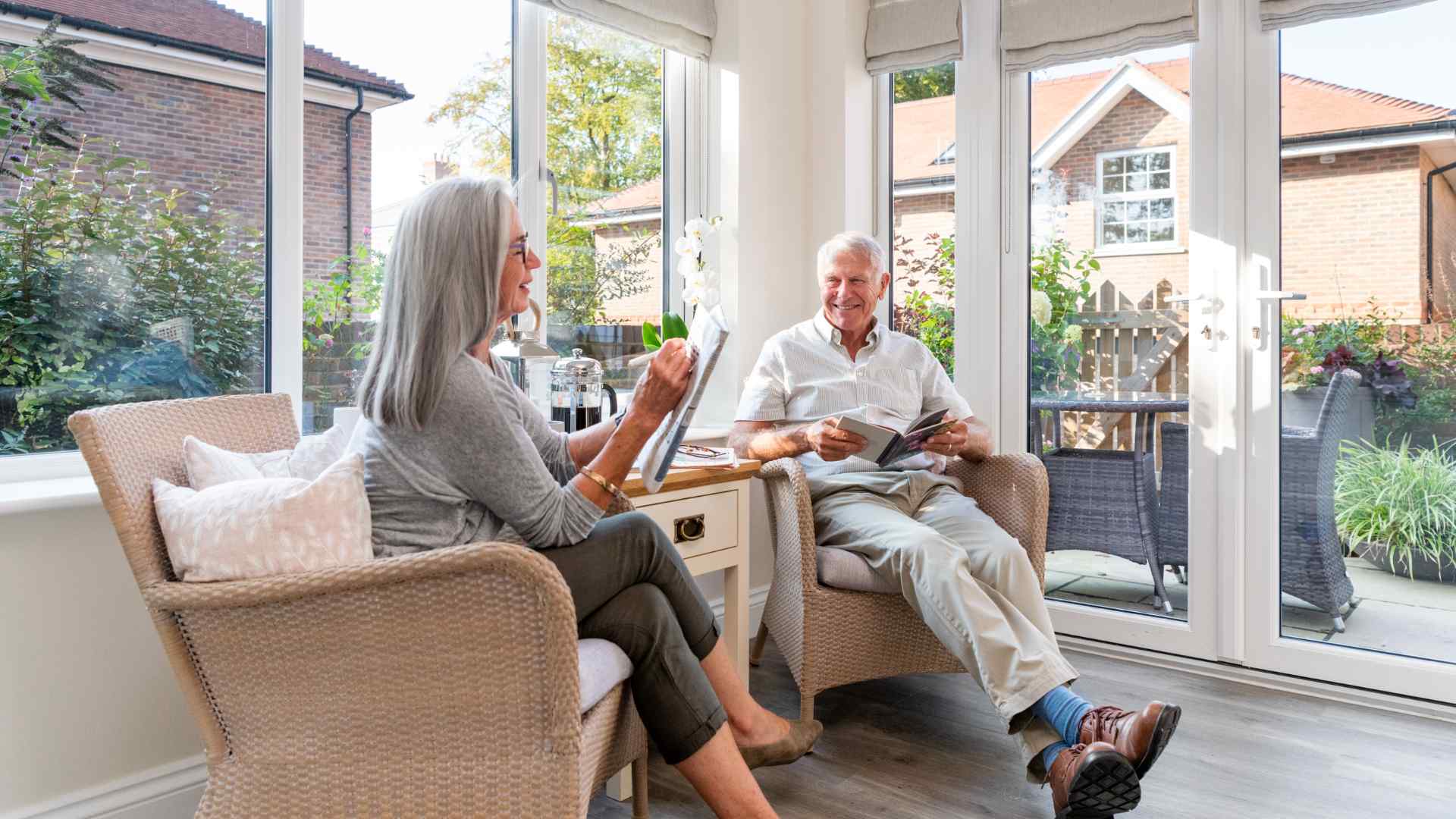
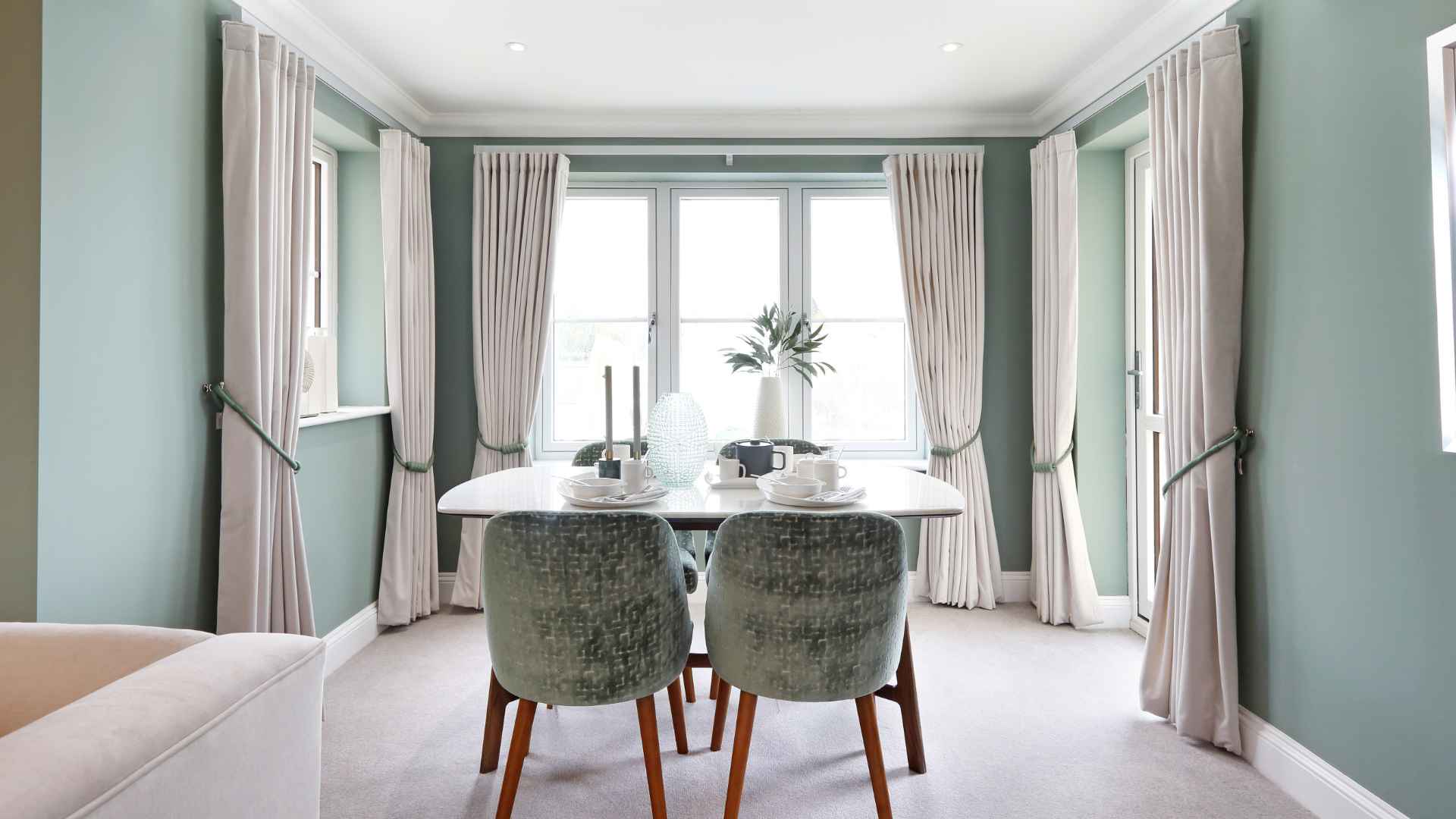
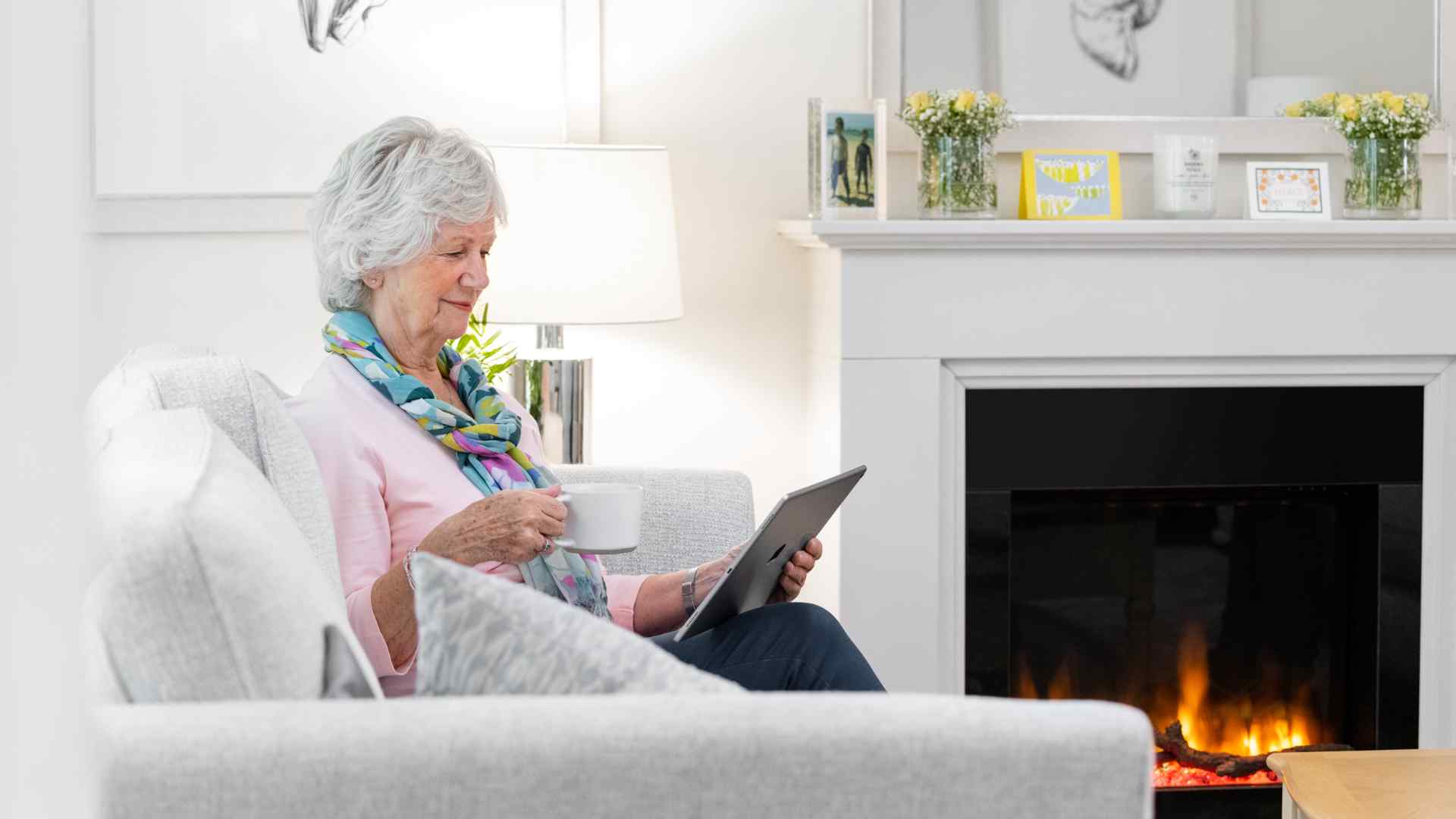
Mention the phrase ‘retirement property’ and many people immediately think of a country cottage with roses around the door or a bungalow in a quiet seaside town. Such places, however, are rarely designed for retirement. Technically, they are ‘mainstream housing’ and bring challenges for those in later life – including expensive, time-consuming maintenance, high heating bills, distance from facilities and, often, social isolation.
A true ‘retirement property’ is a house or apartment that has been specifically designed and built for people of retirement age, with an understanding of the changing needs of mature homeowners. Retirement properties tend to be more adaptable, energy efficient to ensure you stay warm throughout the colder months and easy to maintain so that you’re able to make the most of your leisure time.
Most retirement properties are built as part of a development or retirement village and will provide access to communal facilities and services which will make retirement easier or more pleasurable. For information on how retirement communities work, take a look at our blog on the subject but in this blog, we are focusing on the properties themselves; what are the differences between a ‘standard’ home that you may choose to downsize to and a specially designed retirement property?
The age at which you’re able to buy retirement property varies, depending on the development, but minimum ages generally range from 55 to 70 years old.
Some retirement properties may be purchased by people aged over 55, others are available for homebuyers over the age of 60, whilst some are reserved for the over 70s. At Beechcroft, our retirement properties are designed for people over the age of 55. If you live with a younger partner or spouse, you can still buy. Children are able to stay for visits but cannot become permanent residents.
If you are considering buying a retirement property, you’ll probably be looking for fewer bedrooms than in your current home. If you’re approaching retirement age, it’s unlikely you’ll need as many bedrooms as you did when you were bringing up a family or entertaining on a regular basis.
If the home you choose is on a development with a luxurious guest suite, there certainly is less need for extra bedrooms – when family or friends visit, you’ll be able to book the guest suite which means you won’t have to cope with the laundry, when your guests leave.
Having unoccupied rooms means higher heating bills and unnecessary cleaning. If you choose your retirement property carefully, fewer bedrooms do not necessarily mean smaller living spaces.
For the last 40 years, Beechcroft has remained true to its founding principle of creating high quality retirement properties with generously proportioned living space but fewer bedrooms than a mainstream house of a comparable size.
New retirement properties are designed to be adaptable, in order to cater to your changing needs over time.
Apartments usually have lift access, whilst houses have wider staircases which will be able to accommodate a stairlift, should that become necessary.
Doorways are wider, to allow wheelchair access, and some Beechcroft apartments feature a dining/hall – flexible space which is large enough to accommodate a dining table for formal occasions, but which may be used as a sitting area, study, or impressive reception.
In retirement houses and apartments with two or more bedrooms, usually at least two bedrooms are doubles in case you ever need a carer to stay, on a part-time or full-time basis.
In a retirement property, fixtures and fittings, such as taps and light switches, are easy to operate. As it’s important to maintain health and avoid infections, Beechcroft has introduced a Healthihouse™ specification with fixtures and fittings designed to promote good health (such benefits are not universally available from other retirement housebuilders).
Light switches and door handles have an antibacterial coating, worksurfaces in kitchens and bathrooms are hygienic, non-porous and easy to clean, bathrooms have easy to clean panels rather than tiling and grouting which encourage mould growth and sanitaryware features technology designed to suppress bacterial growth.
Each Beechcroft Healthihouse™ also has a whole house ventilation system which provides fresh, filtered air to all the principal living rooms, resulting in a healthier and more comfortable environment for residents, removing odours, aiding respiration, and keeping temperatures consistent. A kitchen tap water filtration system reduces limescale, organic impurities, chlorine, and metals which means better tasting tap water with less limescale.
Find out more about Beechcroft Healthihouse™ >
There’s nothing nicer than sitting outside in warm weather so outside space is important – but maintaining a large garden takes a great deal of time and energy. Choosing a Beechcroft retirement property, you can be sure of beautifully landscaped communal gardens and either a terrace, balcony or private garden.
Private gardens, as well as the communal areas, are maintained for you so you can just relax (although you can help with the gardening if you like, as long as the planting schedule isn’t compromised).
Many Beechcroft houses also have sunrooms overlooking the garden – and you’ll be able to enjoy a sense of the outdoors all year round.
Window cleaning is also arranged for you, which takes another task off your to-do list, and keeps your property looking fresh.
A retirement property often provides the services of a manager or warden.
Homeowners on Beechcroft’s retirement developments benefit from the services of an on-site Estate Manager, who takes responsibility for maintaining the communal areas, including the landscaped setting, to a high standard, organising cleaning and gardening – and handling the upkeep of private gardens.
The Manager keeps an eye on properties whilst owners are away and is on hand to provide help and advice if necessary – which, of course, isn’t the case if you buy a mainstream property.
Find out more about the benefits of having an Estate Manager in our blog, or watch the video below.
Discover Beechcroft's current and forthcoming developments and get in touch with one of our friendly team members.
View all developments29 May 2025
There are at least 12 different terms to describe retirement housing including extra care housing, housing with care, independent…
Read more9 May 2025
If you enjoy travelling within the UK, there are plenty of financial benefits related to retirement. It’s easy to leave the car…
Read more7 April 2025
From beautiful landscapes to excellent transport links, Kent offers the best of both worlds - convenience and charm - along with…
Read more